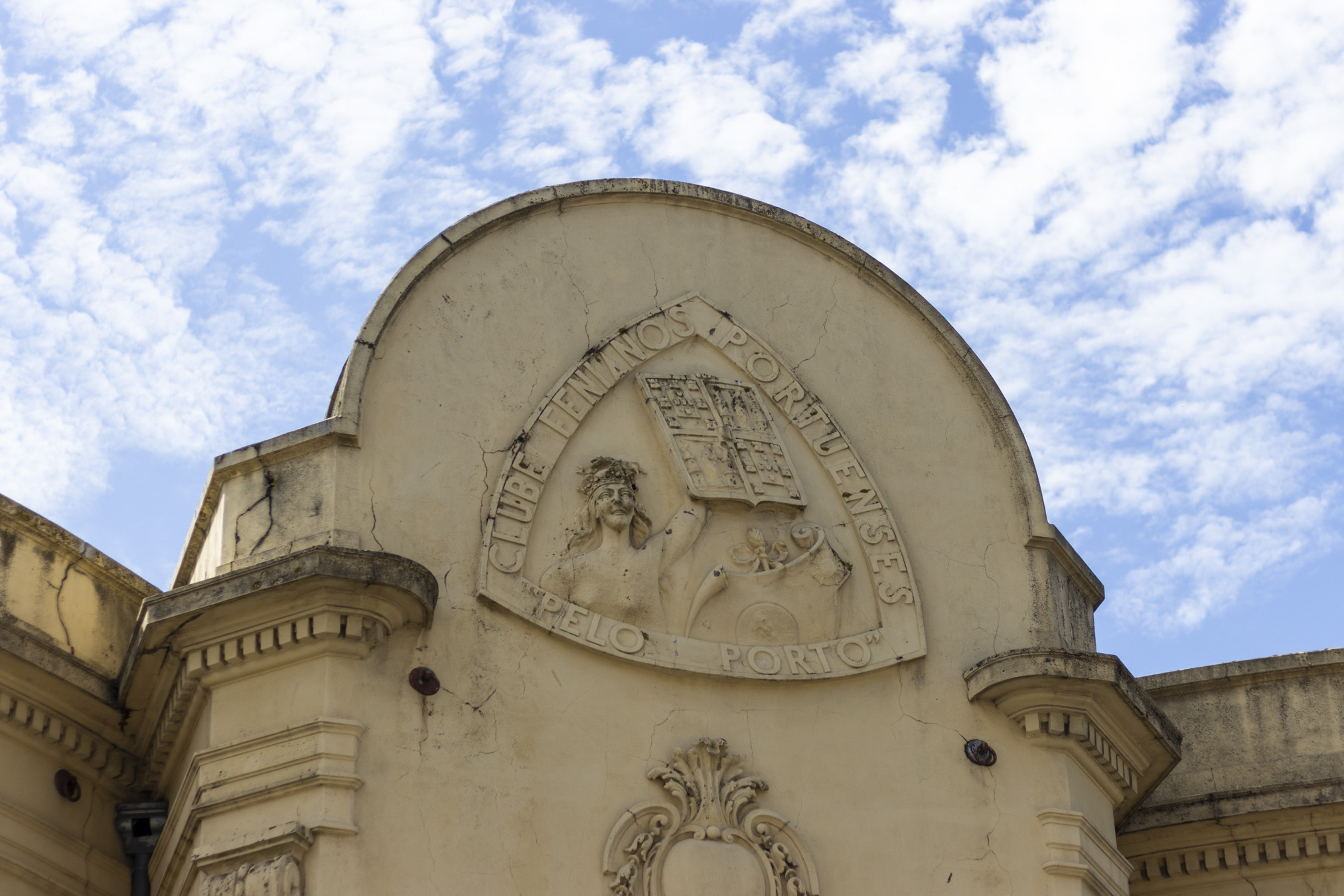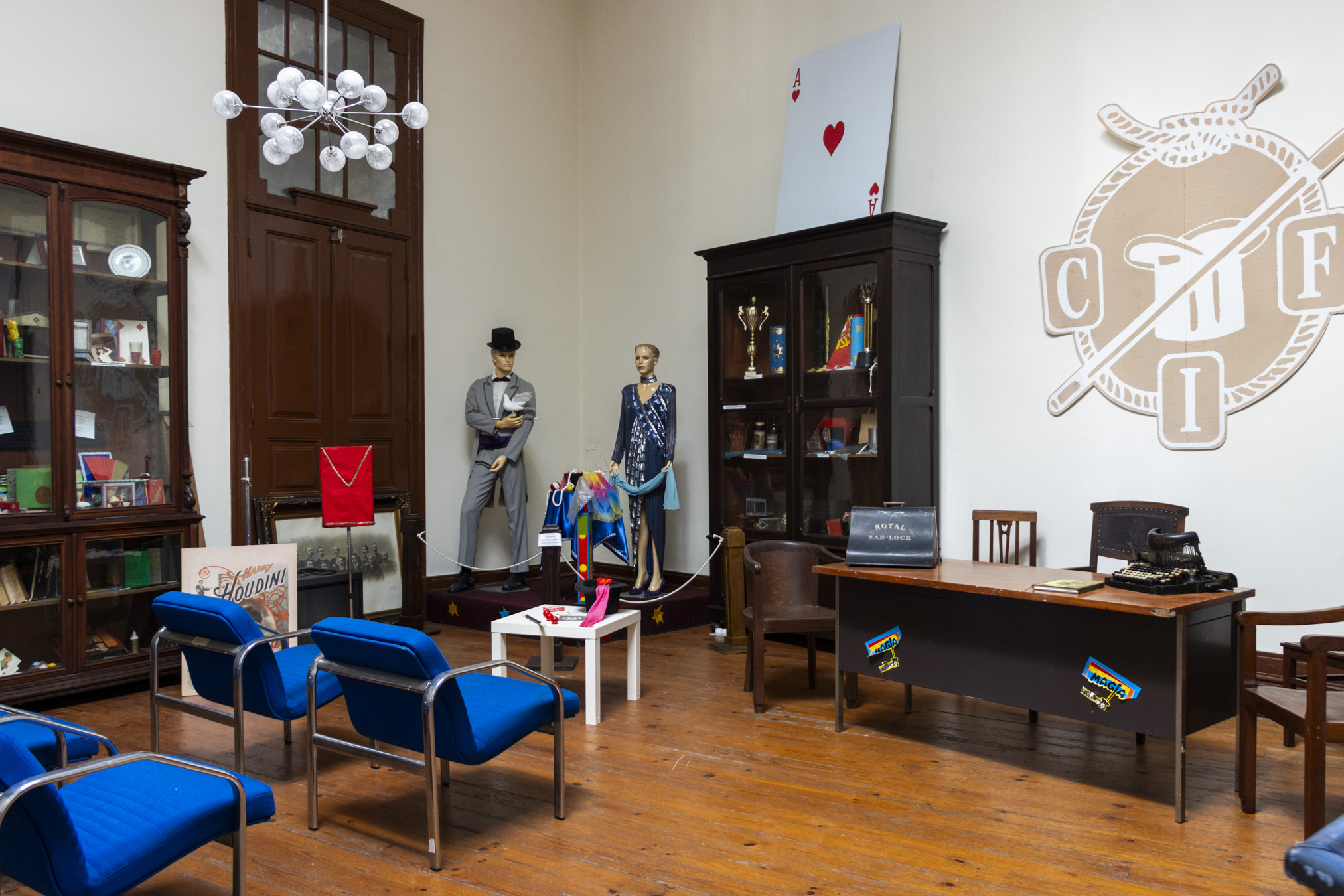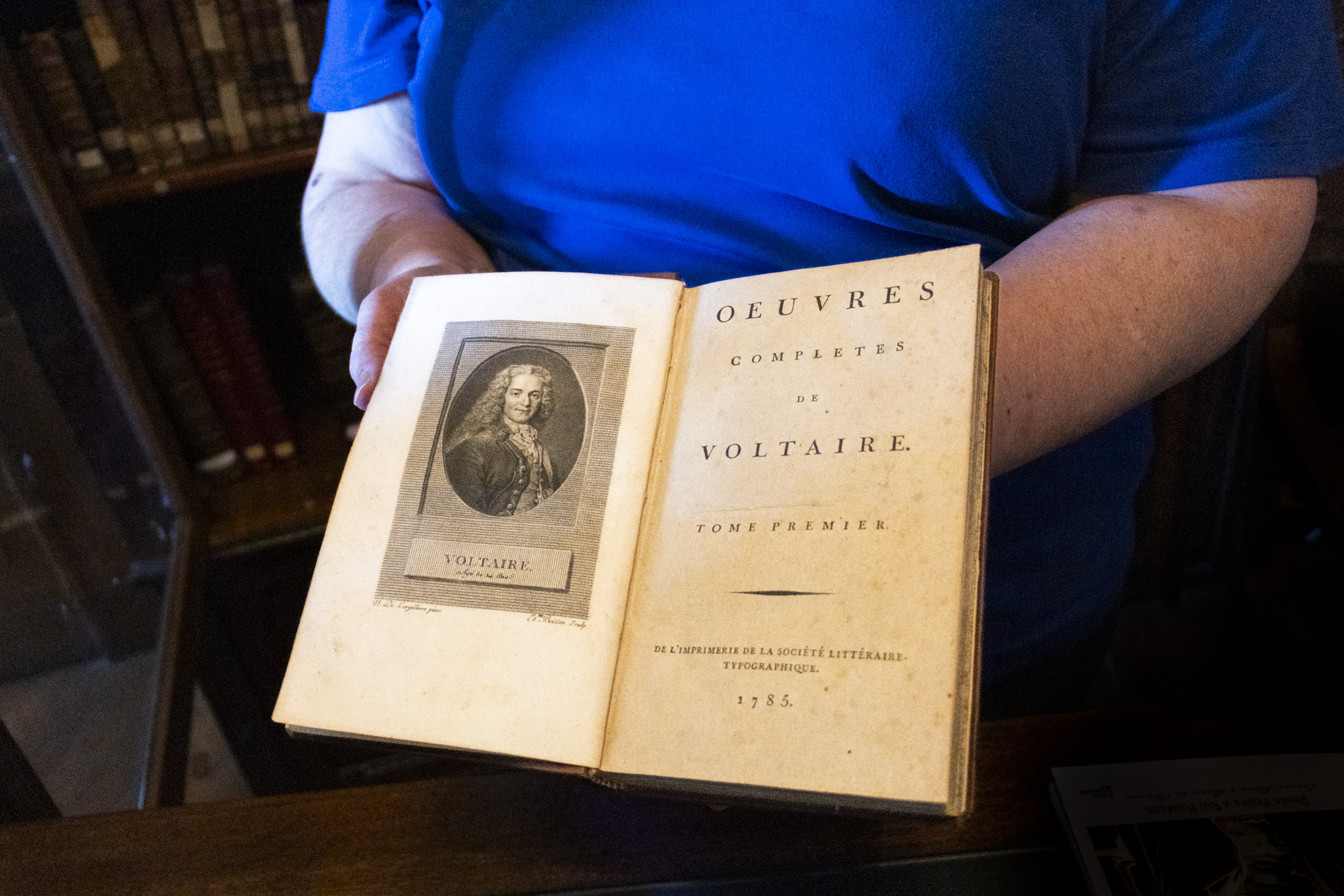EN

The Clube dos Fenianos Portuenses was born in 1904, but has even deeper roots in the Real Sociedade Humanitária, founded in 1852. After seeing its original premises destroyed by monarchists, it was in 1920 that the Club took up permanent residence in its current headquarters, next to the Town Hall building. We went to discover what has been seen from the top of Avenida dos Aliados over 120 years.
It owes its name to one of the founding members of the Royal Humane Society, an Irishman living in Porto, making the organisation's republican affiliation clear. The original Fenians, Irish republican revolutionaries, owe their name to the mythological figure of bands of warrior-poets who militated against the British crown. The name suited the founders like a glove - wealthy, educated men with a healthy contempt for monarchist repression and a passion for the humanist cause.
Vítor Tito, the current chairman of the board, speaks of these founding principles as if they had been written today: ‘We were born because we felt that culture was a fundamental instrument for promoting citizenship and equality. The Fenians have always seen culture as a political instrument, as a way of training good democrats.’ Principles that therefore remain valid today.

© Andreia Merca

© Andreia Merca
The simplicity of the club's motto - ‘For Porto’ - traces its origins back to a time when members' clubs had not yet taken off. An origin that predates the ‘Cambrian explosion’ of associations and clubs in the city, and long before the decline (or even the ‘Permian extinction’) of this ecosystem. The reasons for the decline of associations in the city are the usual ones - competition from large shopping centres and new entertainment facilities, less community cohesion - but the Fenians were faced with an additional challenge. Their privileged position in the heart of Baixa places them in an urban neighbourhood with very few residents, making it difficult to create a mass membership.

© Andreia Merca
As Vítor guides us through the various rooms of the enormous headquarters building, walking on macauba wood floors (imported from Brazilian club members fleeing the monarchy in the former colony), the marks of this 120-year journey are noticeable, room by room. They can be seen, for example, in the library, which makes full use of a ceiling height of over six metres. Shelves full of books cover the walls, and the highest levels can only be reached by a mobile staircase. The greatest treasures, however, are under the watchful eye of the librarian, such as a first edition of Voltaire's tales from 1785, or some of the pages of an 1822 book by António Nunes dos Santos, still in folio and uncut. The decoration in this room is more austere, but throughout the building there are classical annotations with designations such as corbels, modillions, cartouches, caduceus or ovicolour friezes - and these give the building a character as flowery as its names.
As we walk through the floors and rooms, the different lives that have passed through the club's life seem to shine through in the plurality of wall textures (sometimes bare stone, sometimes whitewashed and painted the same ochre as the exterior) and furniture (expansive carved oak tables coexist with LCD screens and conference chairs). This maintenance of legacy in joyful coexistence with everyday use is also present in the billiards room, where delicate manual wooden score counters are affixed to the same wall where digital screens display the results in real time.

© Andreia Merca

© Andreia Merca
Billiards is, in fact, an ambassador for the club, which has been national champion several times, beating the once neighbouring Futebol Clube do Porto. But it's just one of the many ambassadors. Further on, we also find the room of the Fenianos Illusion Club, the oldest illusion club in the country, full of accessories that seem to have come out of a fever dream; the room where the first rehearsals (and the first three shows) of TEP - Teatro Experimental do Porto took place in 1953; and in a storage room, some mannequins, costumes and headdresses from carnival parades - echoes of the first public parade created by the Fenianos in 1905, with costumes designed by Rafael Bordalo Pinheiro.
But this club, despite its immense historical wealth, refuses to be relegated to the past. It has the oldest choir in the city, but it is a choir that is still active. The noble hall has the dignity of more than a century of grooming, but it is inhabited by an exhibition by a Hungarian painter. In the corridor, dancers are warming up to film a promotional spot for the next programme season of the contemporary dance association A PiScInA. Someone from the association asks Vítor Tito about the possibility of using one of the many rooms at the headquarters for a weekly dance workshop, and the answer is direct, automatic: ‘Of course. Anything you want.’ Dance is also present with the Dança Paz School, covered in the previous edition of Agenda Porto - dance classes for Ukrainian and Russian children, which is now adding more and more nationalities (and national titles). There's a feeling that all this space at the Fenianos is, more than open, calling out to be filled. Vítor sees this as the club's essential vocation: ‘We don't have just one theme here, just one passion. We have several.’
by Ricardo Alves

© Andreia Merca
Share
FB
X
WA
LINK





